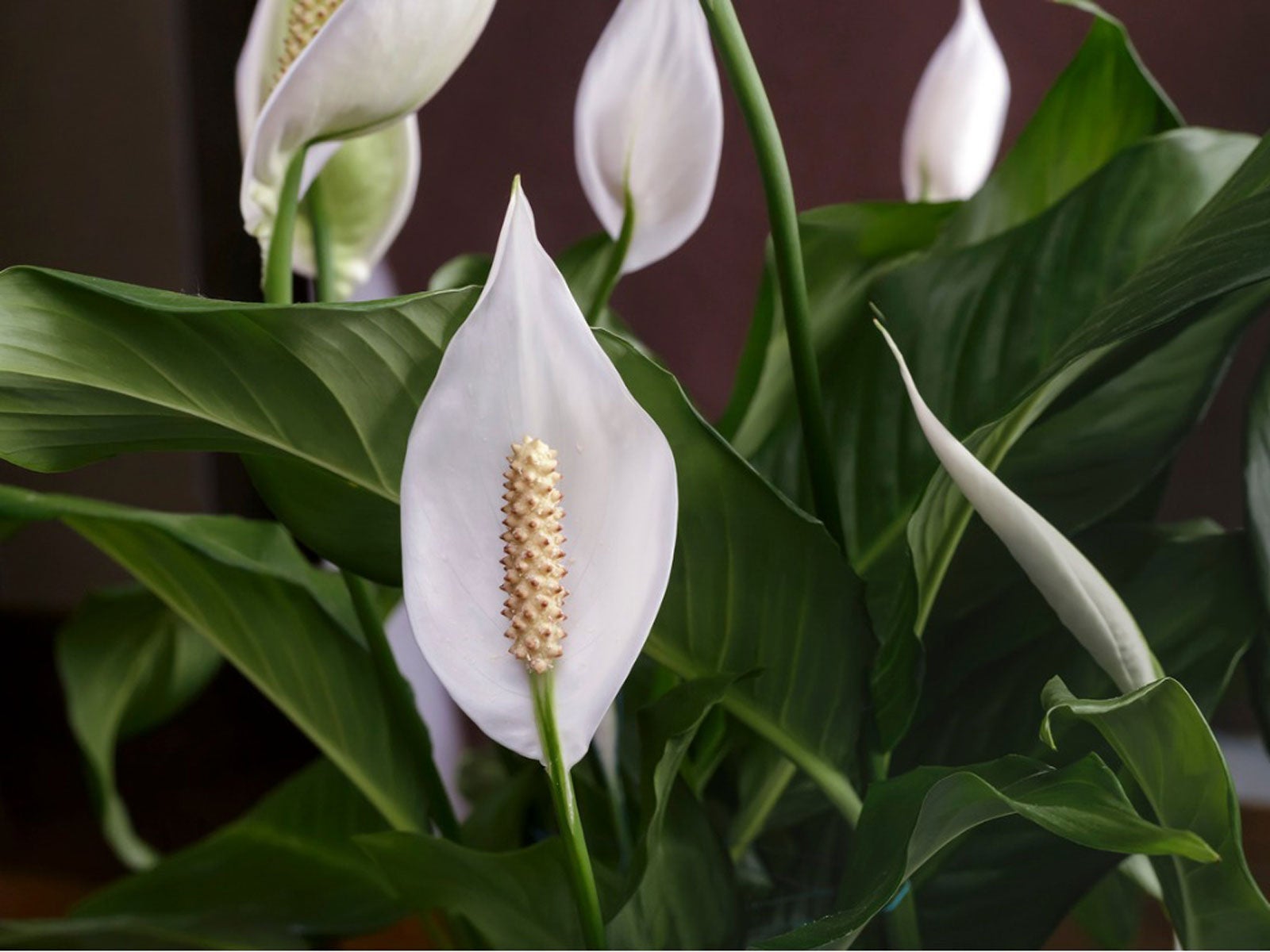Diseases In Spathiphyllum: Tips On Treating Peace Lily Diseases


Peace lilies (Spathiphyllum spp.), with their smooth, white blossoms, exude serenity and calm. Although they are not actually lilies, these plants are among the most common tropical plants grown as houseplants in this country. Peace lilies are tough and resilient, but they are susceptible to a few pests and diseases. Read on more information about peace lily plant problems, including common diseases in Spathiphyllum plants.
Peace Lily Plant Problems
Peace lilies may be tropical plants but they do not require kid-glove care. On the other hand, the better your cultural care matches the plant’s needs, the fewer peace lily plant problems you are likely to encounter. Peace lilies need indirect light, never direct light. If you position your plant a couple of feet from a window, it should be fine. Another alternative is to put it near fluorescent lights. Sufficient light is essential to preventing diseases in Spathiphyllum. These lovely plants prefer a humid location. They thrive in warm, moist conditions. You can satisfy your peace lily and avoid peace lily plant problems by keeping the temperature between 65 and 80 degrees Fahrenheit (18-26 C.). Increase the humidity for your peace lily by setting the plant on a tray filled with pebbles and water. Watering too often can bring on diseases of peace lily plants. Wait until you see the plant wilting before adding more water.
Pests and Diseases of Peace Lily Plants
Taking good care of your peace lily will mean it’s less likely to suffer from pests and diseases. Remove all dead leaves from the plant and the pot. Wipe down green leaves with a damp cloth occasionally to remove dust. Check the plant’s leaves for pests like spider mites, mealybugsand scale. These might have come into your home on other plants and can cause peace lily plant problems if not removed or treated. When it comes to diseases of peace lily plants, the two most common diseases in Spathiphyllum are Cylindrocladium spathiphylli and Phytophthora parasitica, both causing root rot diseases. The former type of root rot is transferred among plants by infected water, the second by infected soil. If your plant has root rot, you’ll need to think about treating peace lily diseases. First, try to figure out what your plant has. You’ll recognize root rot disease in Spathiphyllum if you notice that a peace lily has yellowing leaves and a wilting appearance. If its roots are also rotting, it likely has root rot. Oftentimes, cleaning off the roots and repotting the plant in fresh, healthy soil will help.
Sign up for the Gardening Know How newsletter today and receive a free copy of our e-book "How to Grow Delicious Tomatoes".

Teo Spengler is a master gardener and a docent at the San Francisco Botanical Garden, where she hosts public tours. She has studied horticulture and written about nature, trees, plants, and gardening for more than two decades, following a career as an attorney and legal writer. Her extended family includes some 30 houseplants and hundreds of outdoor plants, including 250 trees, which are her main passion. Spengler currently splits her life between San Francisco and the French Basque Country, though she was raised in Alaska, giving her experience of gardening in a range of climates.